The Power and Control Wheel for abuse of children is an effective tool that can help you identify child abuse tactics and help you start the healing process. the chart that easily outlines the various behaviors associated with childhood abuse.
This model can help you identify child abuse tactics and help you start the healing process.
What is child abuse?
Child abuse refers to any behavior or action that results in the harm, injury, or death of a child below the age of 18. Child abuse also includes neglect, that is failure of the parent or caregiver that causes harm or death to a child.
The Federal Child Abuse Prevention and Treatment Act (CAPTA) (42 U.S.C.A. § 5106g), defines child abuse and neglect as –
- “Any recent act or failure to act on the part of a parent or caretaker which results in death, serious physical or emotional harm, sexual abuse or exploitation”; or
- “An act or failure to act which presents an imminent risk of serious harm.”
According to CAPTA, a child refers to any individual under the age of 18 or “who is not an emancipated minor.”

According to HelpGuide, child abuse is “Ignoring children’s needs, putting them in unsupervised, dangerous situations, exposing them to sexual situations, or making them feel worthless or stupid are also forms of child abuse and neglect- and they can leave deep, lasting scars on kids.
Mayo Clinic defines child abuse as “Any intentional harm or mistreatment to a child under 18 years old is considered child abuse. Child abuse takes many forms, which often occur at the same time.”
Child abuse usually includes the following forms of abuse and neglect-
- Physical abuse
- Sexual abuse
- Emotional abuse
- Medical abuse
- Neglect
As child abuse is a serious and one of the most common issues in the world, it is crucial we learn more about how we can better identify and prevent abuse of children and heal the survivors. The power and control wheel of child abuse is undoubtedly an exceptional tool that can help us with this objective.
Related: Understanding and Preventing Child Abuse and Neglect
The Duluth Model
According to the Domestic Abuse Intervention Programs (DAIP), “The ‘Duluth Model’ is an ever-evolving way of thinking about how a community works together to end domestic violence.”
Established in 1981, the Duluth Domestic Abuse Intervention Project was formed in Duluth, Minnesota. It claims that the main reason for domestic violence and abuse of women and children “is a social and cultural, patriarchal ideology” which has empowered men to dominate and control children and women by using violence and power.
“There are a number of interventions that are common in the treatment of domestic violence offenders. One prominent clinical intervention employs a feminist psycho-educational approach and is widely known as the Duluth Model,” explains CrimeSolutions.gov. The report adds “The Duluth Model is considered less of a therapy and more of a psychoeducational program.”
The model mainly focuses on offering a deeper understanding of the reasons and outcomes of abuse and the issues faced by the offender. It aims at offering “group-facilitated exercises” which aim to change the outlook of men regarding power, control, entitlement, and domination over their partners and children. The power and control wheel was developed by the Domestic Abuse Intervention Project to show the different patterns observed in child abuse cases.
The power and control wheel for child abuse
The Power and Control Wheel for the abuse of children is an effective chart that simply outlines the various behaviors associated with childhood abuse. It is one of the most commonly utilized models and approaches to dealing with and prevent domestic violence and abuse against women and children. The model and the chart is used by over 4,000 communities in 50 states, and by over 26 countries.
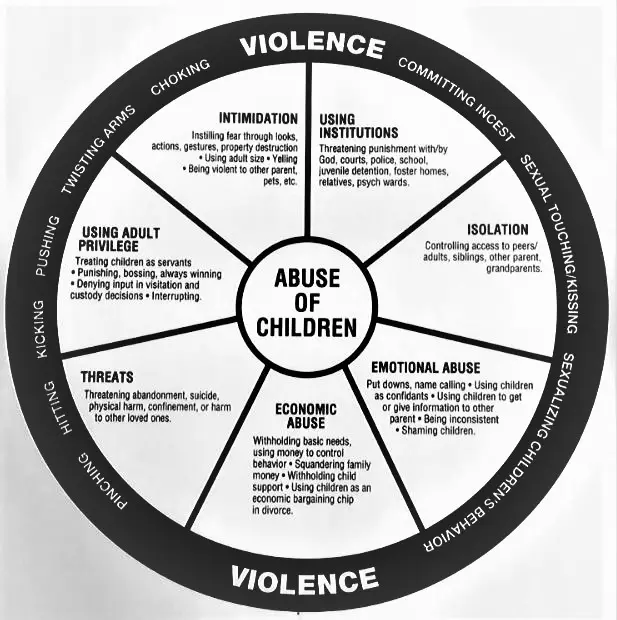
According to the National Domestic Violence Hotline, the wheel is a diagram that depicts the various tactics and strategies an abusive person uses to dominate their partner, children, and their relationships.
It states “While the inside of the wheel is comprised of subtle, continual behaviors, the outer ring represents physical, visible violence. These are the abusive acts that are more overt and forceful, and often the intense acts that reinforce the regular use of other subtler methods of abuse.
The wheel for child abuse explains certain behaviors and represents them as the primary components which result in domestic violence. According to The Hotline, “the center is surrounded by different sets of behaviors that an abusive partner uses in order to maintain this power and control.”
Related: 3 Ways To Handle Childhood Trauma
Child abuse behaviors & strategies
The Mighty reports that the inner circle of the power and control wheel includes 7 parts that involve common behaviors related to child abuse inflicted by “psychological violence abusive caregivers.” It adds “All seven of these power and control tactics can fly under the radar, leaving children feeling confused and powerless to prevent the abuse they experience.
Most of these behaviors are usually subtle and even may appear normal on the outside. Hence, most of these behaviors and tactics go unnoticed. This is where the wheel comes in. The power and control wheel for child abuse helps us to identify these behaviors and realize when a child is being abused. “Many of these can be happening at any one time, all as a way to enforce power within the relationship,” added The Hotline.
The 7 different tactics mentioned in the power and control wheel for child abuse are:
- Using Institutions
- Isolation
- Emotional Abuse
- Economic Abuse
- Threats
- Using Adult Privilege
- Intimidation
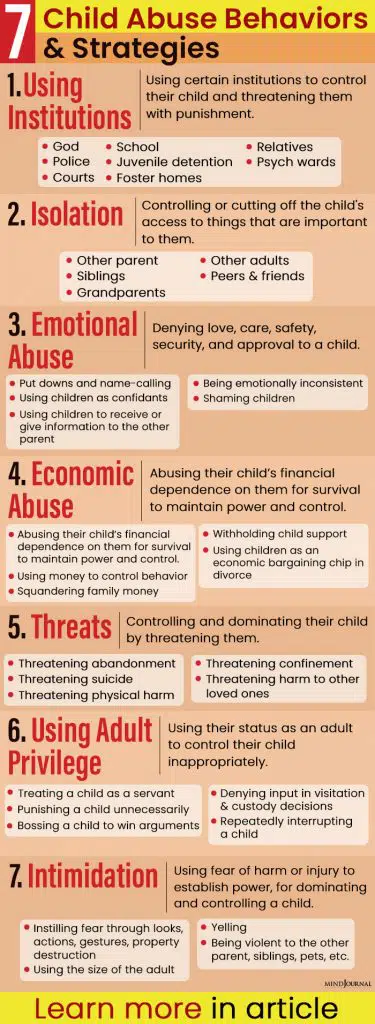
Let’s take a detailed look at each of these behaviors and child abuse tactics and specified in the power and control wheel.
1. Using Institutions
According to the child abuse wheel developed by DAIP, the first segment includes the use of institutions to gain power, control, and dominate a child. Juliette Virzi, Mental Health Editor at The Mighty, writes “This could look like threatening punishment by an outside entity (example: ‘God will punish you for the sin of disobeying your parent’) or threatening punishment with an institution (example: ‘If you don’t behave, I will send you to live with your mean Aunt Hilda’).”
Most abusive parents use the following institutions to threaten their child with punishment:
- God
- Police
- Courts
- School
- Juvenile detention
- Foster homes
- Relatives
- Psych wards
2. Isolation
According to Prevent Child Abuse America, isolation is a form of emotional abuse which an abusive parent uses to cut off the child “from normal social experiences” and “prevents the child from forming friendships, and makes the child believe that he or she is alone in the world.”
As per the power and control wheel, isolation may include an abusive parent controlling the child’s access to:
- Other parent
- Siblings
- Grandparents
- Other adults
- Peers & friends
3. Emotional Abuse
Emotional abuse includes denying love, care, safety, security, and approval to a child by an abusive parent. It can significantly affect the child’s mental and emotional development that can damage their self-esteem even in adulthood. Mental health editor Juliette Virzi adds “Essentially, emotional abuse refers to a pattern of behavior that causes psychological harm to another person, usually involving verbal degradation and the exploitation of an unequal power dynamic.”
Emotionally abusive tactics used by parents or caregivers may include:
- Put downs & name-calling
- Using children as confidants
- Using children to receive or give information to the other parent
- Being emotionally inconsistent
- Shaming children
Related: What Is Emotional Abuse? How To Know if You Are Being Abused
4. Economic Abuse
When a parent or caregiver abuses their child’s financial dependence on them for survival to maintain power and control, then it is considered economic abuse.
Here are some of the abusive behaviors that are involved in economic abuse according to the power and control wheel:
- Withholding basic needs from a child like food, clothing, shelter or medication
- Using money to control behavior
- Squandering family money
- Withholding child support
- Using children as an economic bargaining chip in divorce
5. Threats
Threatening a child is a devastating form of abuse that can severely affect the child’s personality, self-confidence, self-esteem, and sense of self-worth. The Mighty reports, “Parental abuse isn’t always literal harm, sometimes it looks like the parent creating a climate of fear by threatening to harm the child, others, their pets or even themselves.”
Threats from parents/caregivers to dominate or control a child may include:
- Threatening abandonment
- Threatening suicide
- Threatening physical harm
- Threatening confinement
- Threatening harm to other loved ones
6. Using Adult Privilege
Most parents use their privileges as an adult to control and guide their children to instill values and ethics. However, abusive parents and caregivers “will use their status as an autonomous adult to inappropriately control a child,” writes Juliette.
The power and control wheel for child abuse states the following adult privilege tactics:
- Treating a child as a servant
- Punishing a child unnecessarily
- Bossing a child to win arguments
- Denying input in visitation & custody decisions
- Repeatedly interrupting a child
7. Intimidation
Intimidation or bullying refers to using fear of harm or injury to establish power, dominate and control a child by either parent or a caregiver.
Some common examples of intimidation include the following:
- Instilling fear through looks, actions, gestures, property destruction
- Using the size of the adult
- Yelling
- Being violent to the other parent, siblings, pets, etc.
Related: What Is Child Abuse? Recognizing The Warning Signs
Using the power and control wheel
The power and control wheel can help the victims, survivors, and others, like friends & family, to understand the intricacies of an abusive parent-child relationship. The child abuse wheel is an exceptionally helpful tool that can enable us to easily understand the complexities and issues involved in child abuse.
If you can identify with all or most of the behaviors and tactics mentioned above, then we encourage you to seek therapy and treatment to heal yourself from the trauma. You are not alone. It’s never too late to seek help.
Start the healing process.
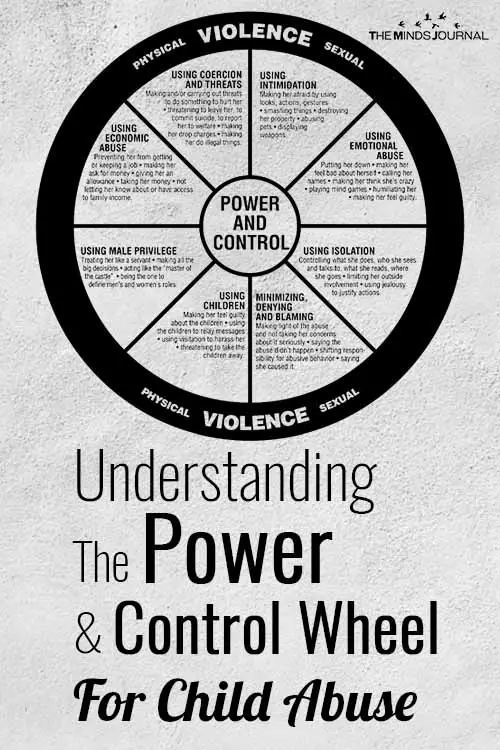
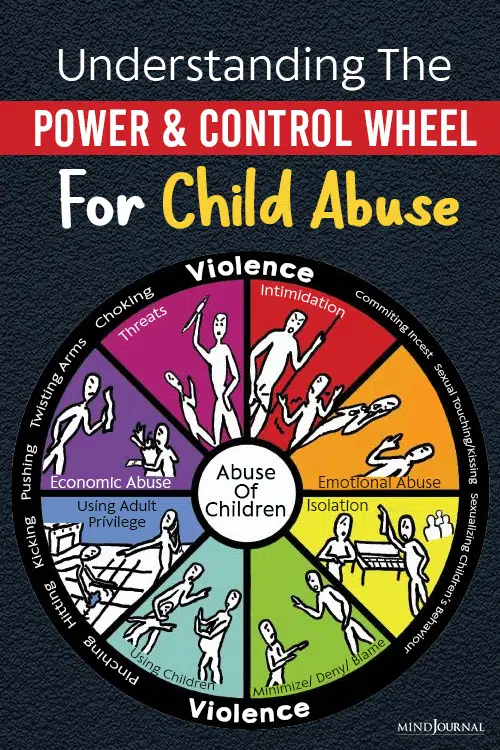
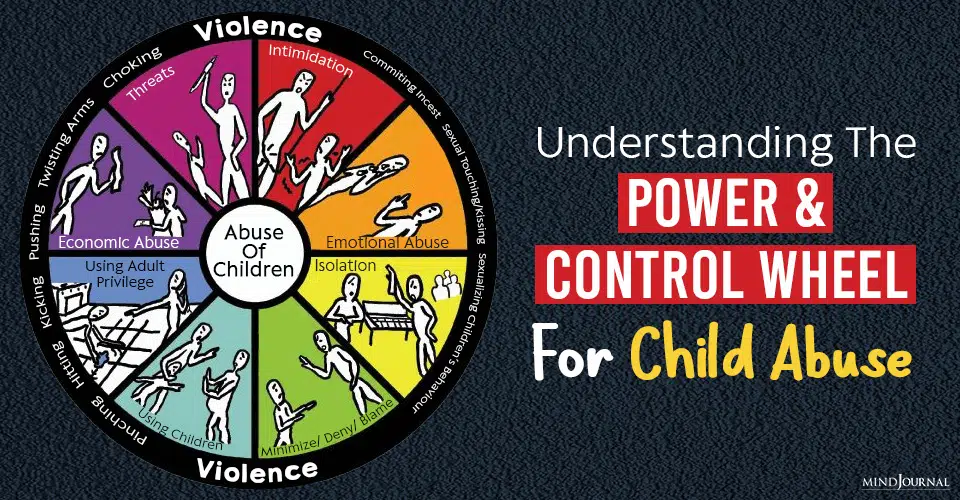
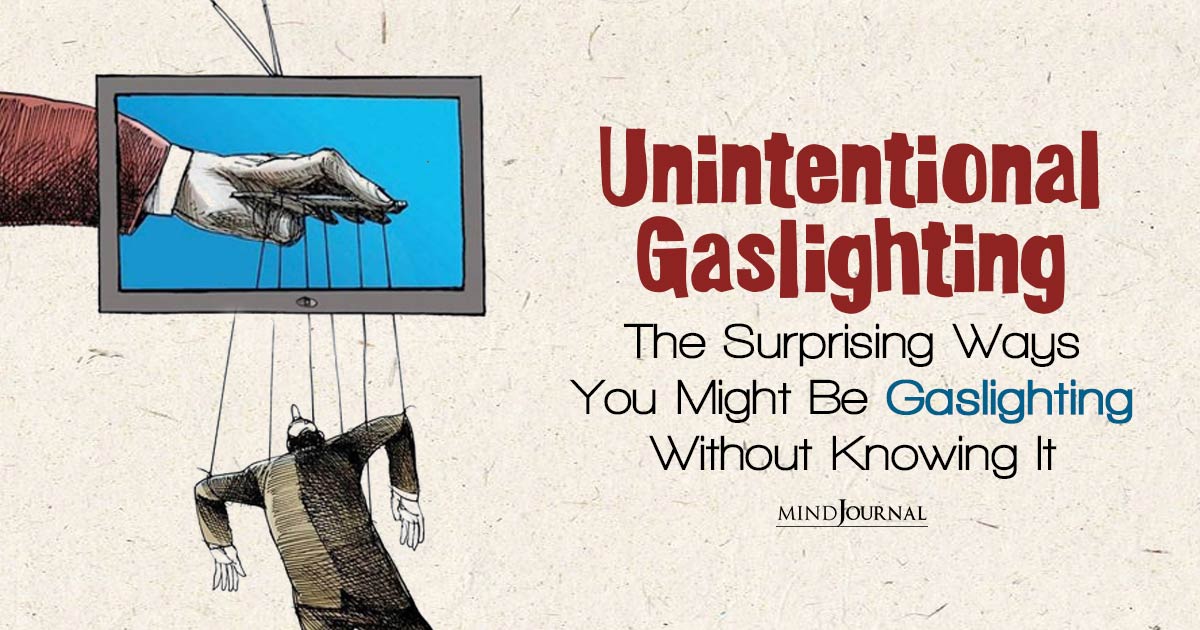
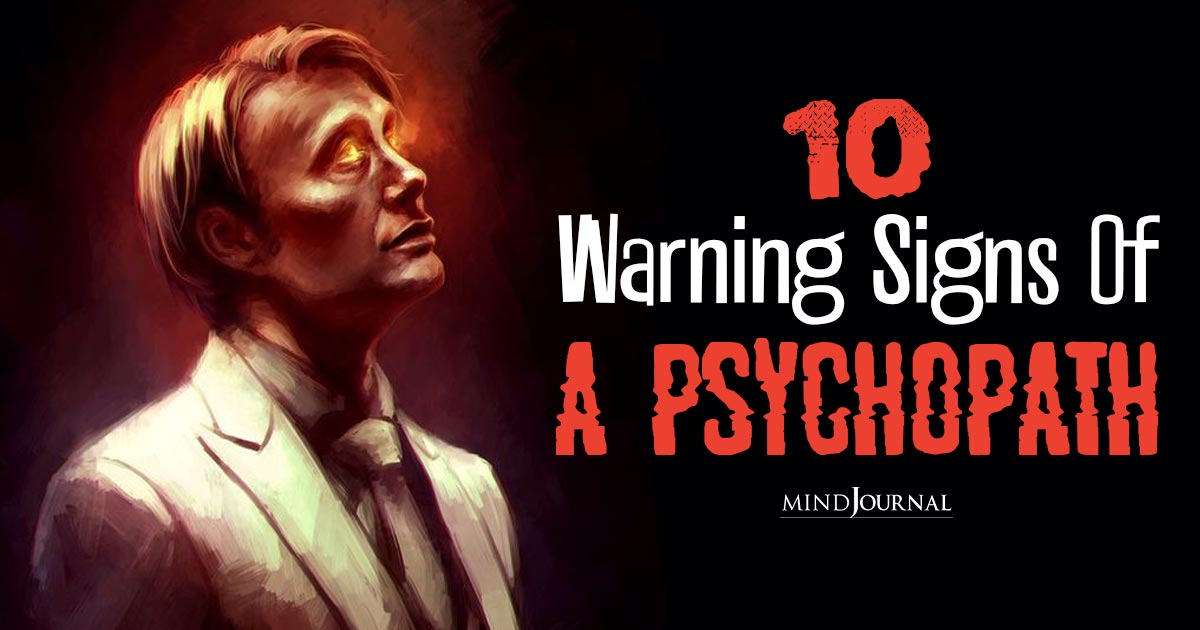
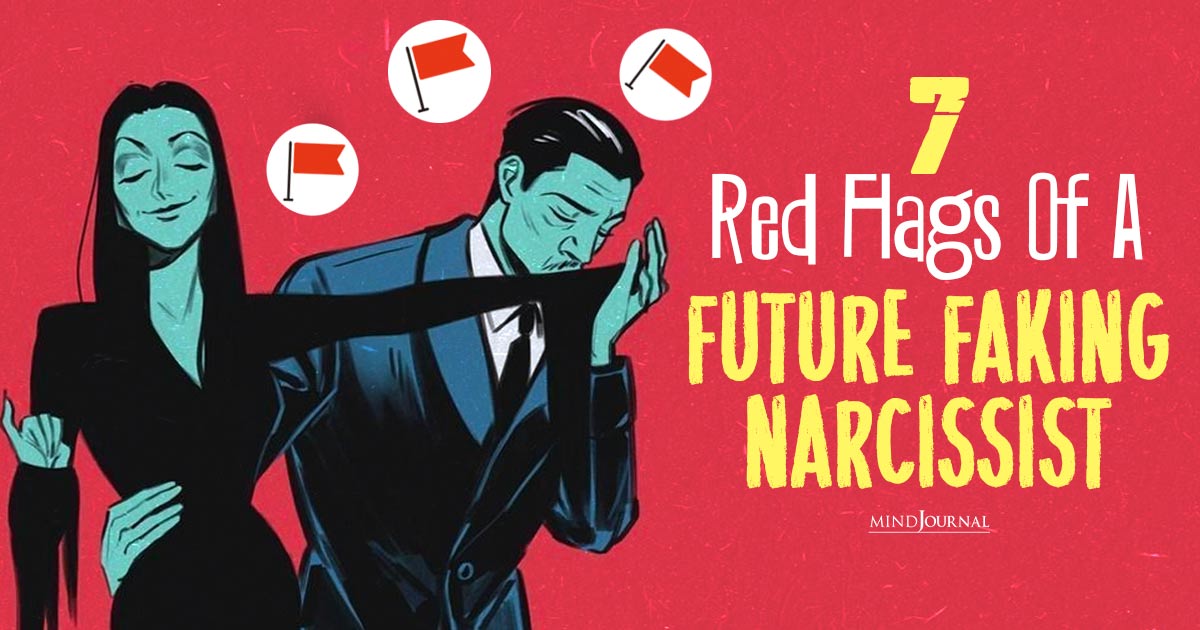
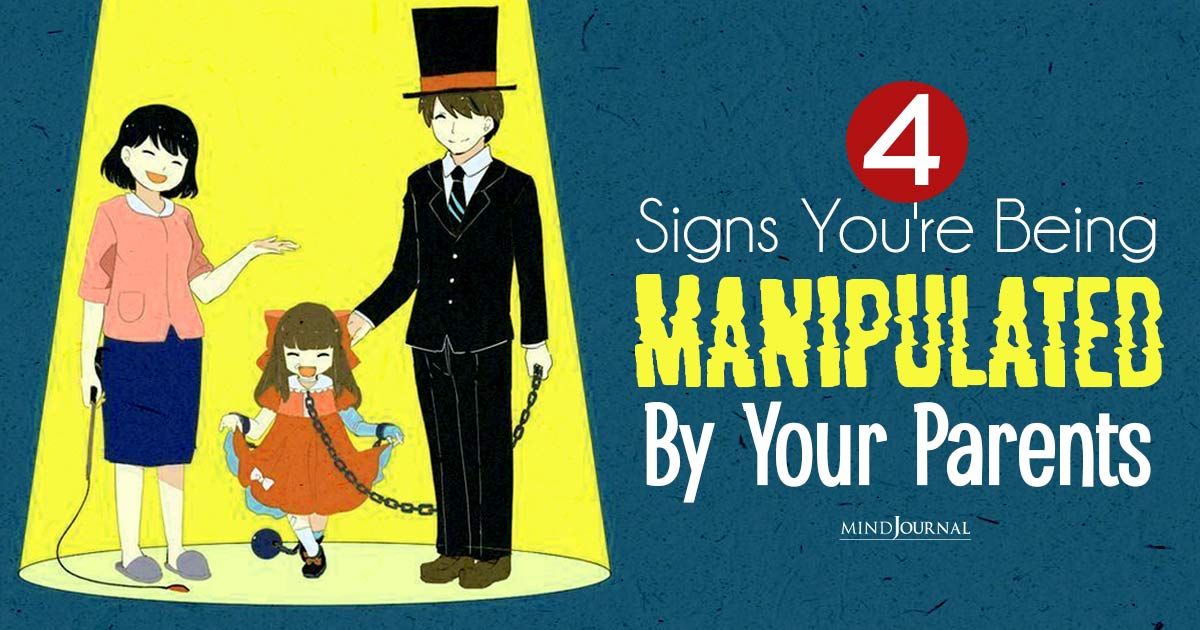
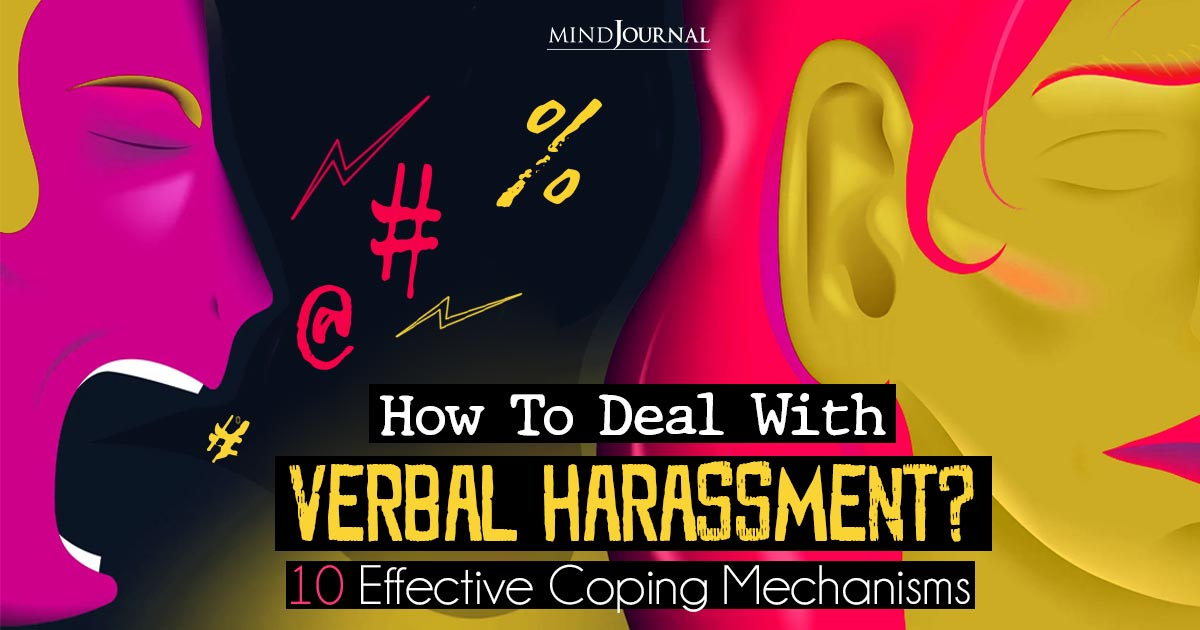

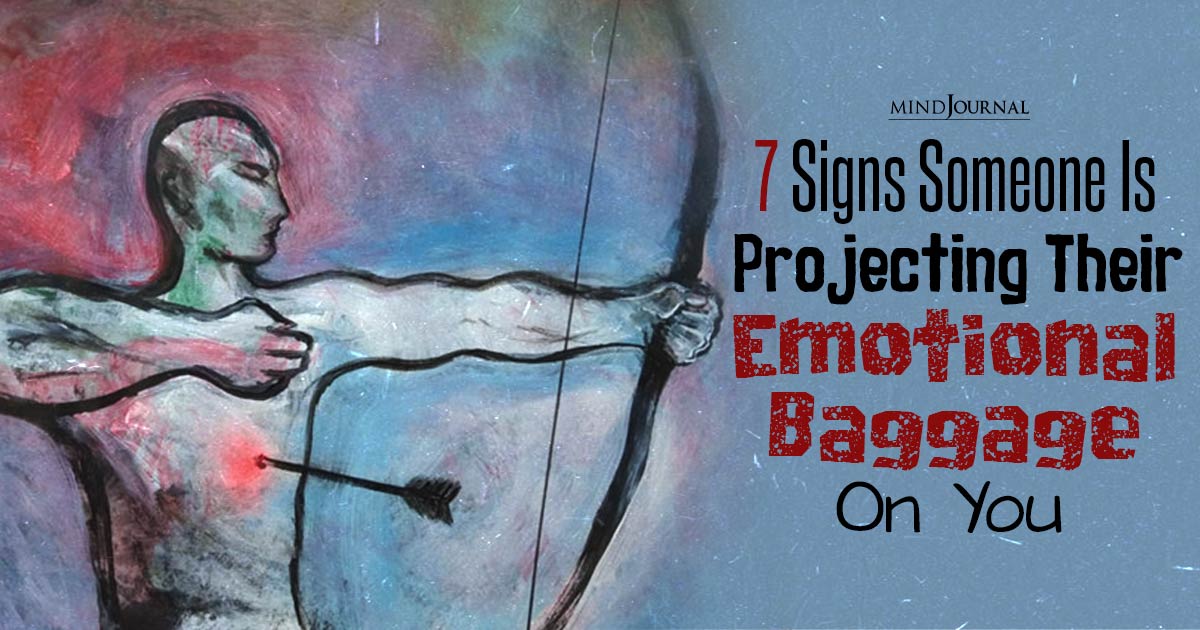
Leave a Reply
You must be logged in to post a comment.